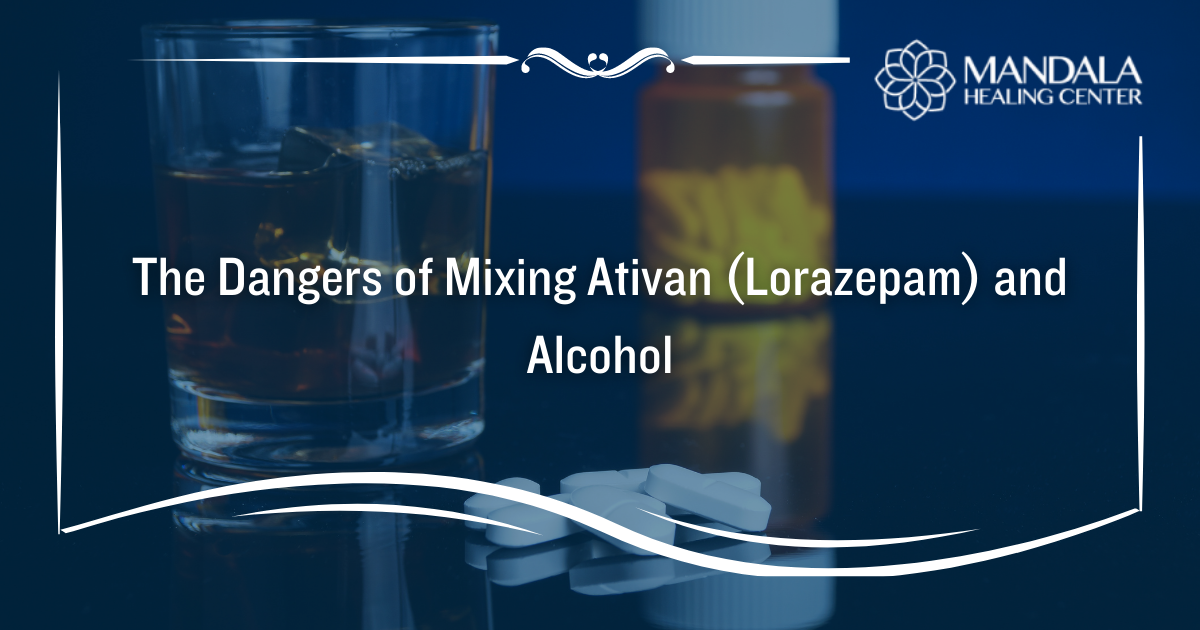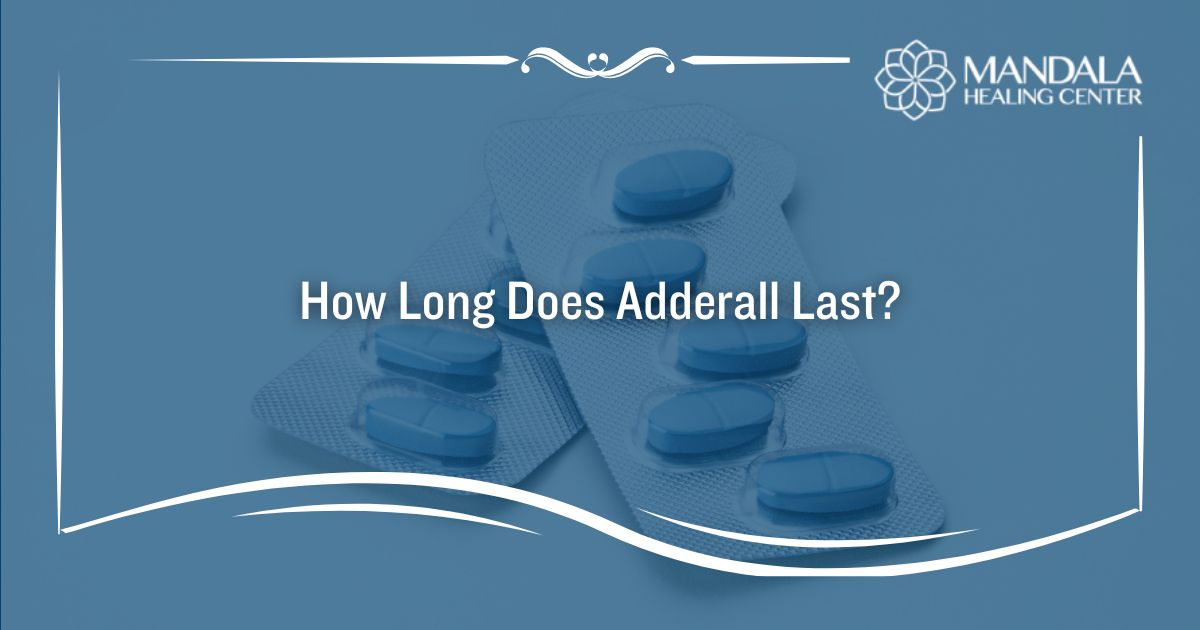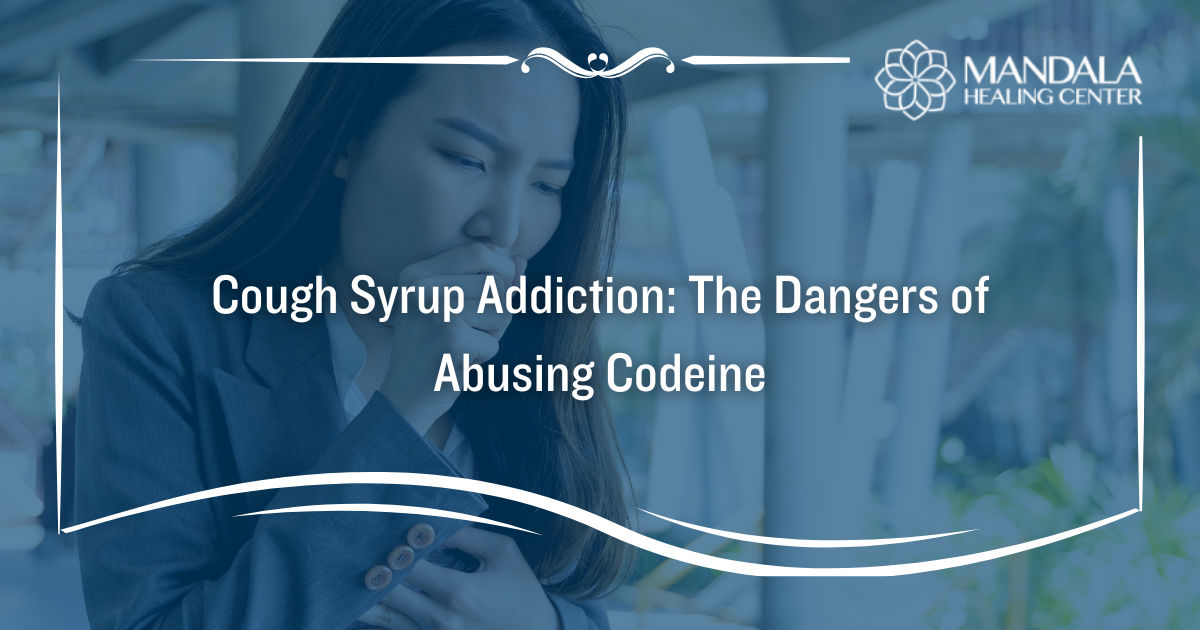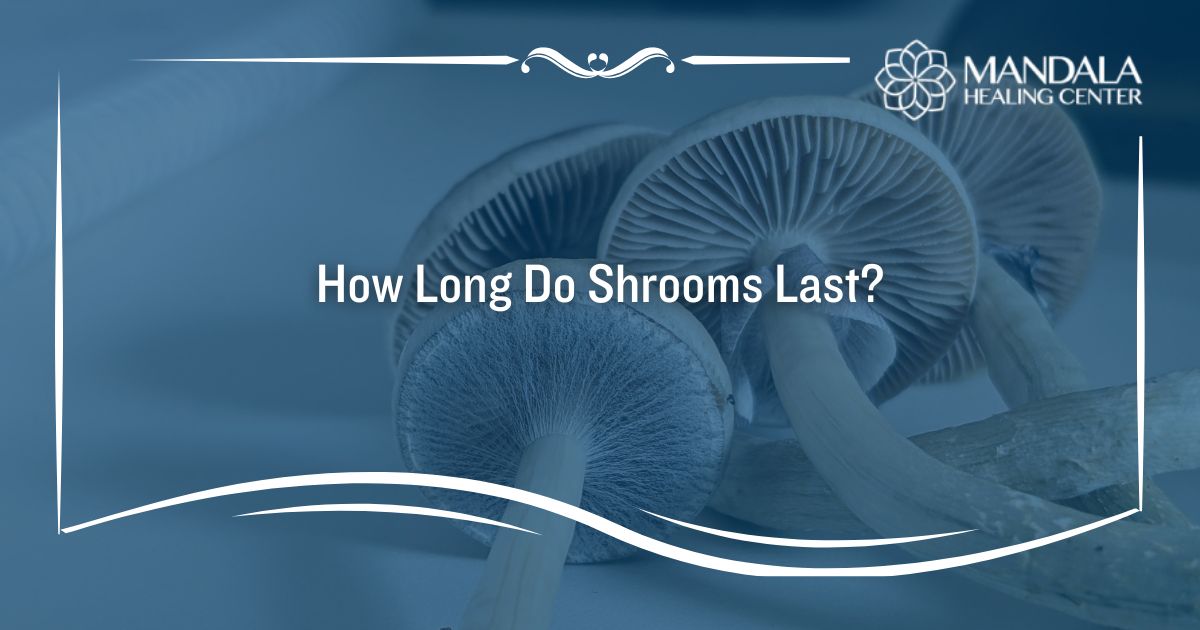Ativan (lorazepam) is a prescription benzodiazepine medication prescribed to treat seizure disorders and severe panic disorders. Oftentimes, Ativan is prescribed as a one-time dosage to treat pre-medical procedure anxiety. While Ativan is effective in treating seizures and anxiety, this medication is highly addictive.
Because alcohol abuse is extremely common in the United States, many people do not think twice before mixing it with other substances. Unfortunately, this may cause people who are prescribed Ativan to drink alcohol with their medication.
Mixing lorazepam and alcohol is extremely dangerous. The consequences of this mixture often include respiratory depression and life-threatening overdoses.
What are the Effects of Ativan (Lorazepam)?
Ativan belongs to the benzodiazepine drug class. This class of drugs includes substances like Xanax, Valium, and Klonopin.
Ativan works by affecting the GABA neurotransmitter, increasing its effects to limit nervous excitement. While Ativan is most commonly prescribed to manage anxiety and seizures, it is also useful for the short-term treatment of insomnia.
Typically, Ativan is a pill that is taken orally. However, in hospital settings, individuals may be given it via IV.
Aside from lessening anxiety and managing seizures, Ativan may cause the following side-effects:
- Lightheadedness and dizziness
- Drowsiness or fatigue
- Euphoria
- Feeling weak
- Impaired coordination and unsteady walking
- Difficulty concentrating
When taken in large doses, individuals may experience a benzodiazepine overdose. Individuals exhibiting the signs of a lorazepam overdose should receive emergency medical services immediately.
What are the Effects of Alcohol?
Alcohol is a central nervous system (CNS) depressant. When an individual drinks alcohol, it passes through the digestive system and enters the bloodstream. Once it’s in the bloodstream, it travels throughout the body and enters the brain.
When alcohol enters the brain, it increases GABA activity and reduces the effect of glutamate on the NMDA receptors. This is what causes the euphoric and anxiety-relieving effects alcohol tends to have on people.
The effects of alcohol typically include:
- Lowered inhibitions
- Drowsiness
- Euphoria
- Mood swings
- Difficulty thinking clearly and concentrating
- Problems with memory
- Slowed reaction times and poor coordination
- Slurred speech
- Slowed heart rate and breathing
Additionally, alcohol causes a surge of dopamine, affecting the brain’s pleasure and reward system. This causes individuals to associate alcohol with feelings of happiness, leading to dependency and addiction.
Why is Mixing Ativan and Alcohol Dangerous?
Because Ativan is a benzodiazepine, there is a high potential for misuse. While Ativan is addictive on its own, most people who abuse benzodiazepines mix them with other substances to enhance their effects. The most common substance people mix with Ativan is alcohol.
According to one study, up to 41% of alcoholics admitted to abusing benzodiazepines to enhance the effects of alcohol.[1]
While many people view alcohol as harmless, it is an extremely dangerous substance. This is especially true when alcohol is mixed with other drugs like Ativan.
Ativan and alcohol produce similar effects. When they are mixed, the effects become extremely potent. This often causes people to experience extremely lowered heart rates and respiratory rates.
Mixing alcohol and lorazepam has been known to cause life-threatening consequences such as severe drowsiness, breathing problems, coma, overdose, and even death. According to the CDC, nearly 30% of benzodiazepine-related deaths in 2010 included the use of alcohol.[2]
Signs of Ativan and Alcohol Overdose
Mixing lorazepam and alcohol often leads to extremely dangerous effects. One of these effects is an overdose. Overdoses must be treated by emergency medical professionals quickly to prevent the individual from going into a coma or dying.
The signs of Ativan and alcohol overdose include:
- Drowsiness
- Extreme confusion
- Decreased muscle tone
- Inability to control muscle movements
- Slurred speech
- Vomiting
- Low body temperature and clammy skin
- Low blood pressure and slowed heart rate
- Slowed breathing and respiratory arrest
- Seizures
- Coma
- Death
Because an alcohol and Ativan overdose cause symptoms like vomiting and seizures, individuals should be placed on their side while waiting for emergency medical professionals. This prevents them from choking on their vomit.
Additionally, placing something in their mouth will stop them from biting their tongue during a seizure.
Treating an Alcohol and Lorazepam Overdose
When someone overdoses on alcohol and Ativan, 911 must be called immediately.
Treatment for this kind of overdose usually includes airway maintenance, breathing support, and monitoring of vitals. If the individual is experiencing hypotension, they will be given norepinephrine to improve their blood pressure. People who took Ativan orally may undergo a gastric lavage (stomach pump) to rid the body of the substance.
Additionally, there is an overdose reversal drug that works for benzodiazepines in the same way that Naloxone treats opioid overdoses. Flumazenil is a benzodiazepine receptor antagonist, allowing it to reverse the effects of an Ativan overdose.
Finding Help for Yourself or a Loved One
Polydrug addiction is extremely dangerous, as abusing two or more substances at a time increases your risk of experiencing a fatal overdose. If you or a loved one are struggling, it’s important to know that help is available.
Addiction treatment centers like Mandala Healing Center have specialized programs designed to help people suffering from polydrug addiction. To learn more about our addiction treatment programs in West Palm Beach, contact us today.
References:












